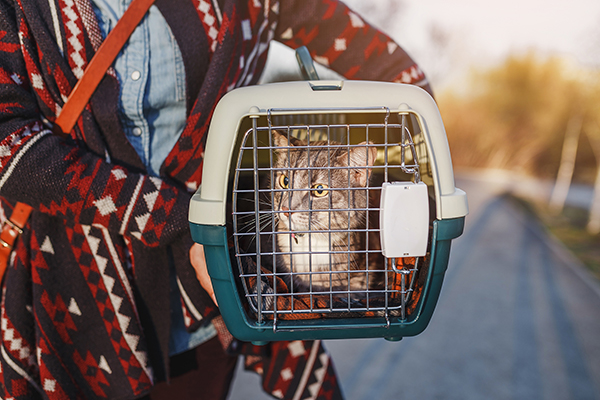5 tips from a professional tiger trainer
(Family Features) If the thought of training your pet cat seems like a difficult feat, consider the daunting task of training one of nature’s biggest cats.
After welcoming two 4-year-old Sumatran tigers, Frances and Huntley, the keepers at Nashville Zoo are doing just that. The training program, which is sponsored by TEMPTATIONS™ Cat Treats, is on display for the public to learn about how these colossal cats are trained.
The trainers offer these tips and tricks from their experiences working with their tigers that you can use to train your cat at home. For more information on cat behavior, visit TemptationsTreats.com.
Start Smart
While your training might be inspired by the behaviors you’d like your cat to adopt or change, beginning your training by rewarding your pet’s existing good habits is often an easy way to reinforce behavior. For example, if your cat sits patiently for food, pair this with a treat and verbal reassurance to praise the behavior and encourage it in the future.

Identify Motivators
When beginning the training process, identify your cat’s likes and dislikes. Some cats are motivated by toys while most are motivated by food. When starting the training process, try out a few different treat flavors to identify what gets your cat’s attention. Treats such as TEMPTATIONS™ Cat Treats come in a wide variety of flavors, making it easy to find one that will make your cat come running. For cats with health or weight restrictions, utilize toys or tactile reinforcement like petting for motivation.

Be Consistent
To prevent confusion, remain consistent when rewarding behaviors and only give praise when your cat completes a trick or task. If you reward your cat for following a command halfway or missing a step, you’re not rewarding the behavior you’d like to see in the future.

Focus on Practicality
Cats are smart creatures and full of potential when it comes to training. Pinpointing practical habits that can serve you and your cat’s lifestyle in the future is a smart and achievable goal to tackle while your cat is young and his or her habits are malleable. For example, if you plan to travel, make crate training a priority. If your cat shows resistance with nail trimming and being held, focus your training on desensitization, which will allow you to more easily groom him or her or assess injuries later on.

Celebrate the Small Victories
Training your cat can be difficult, but it’s a great opportunity for bonding and relationship building. Have patience and reinforce your pet’s hard work by acknowledging his or her effort along the way and provide encouragement to keep him or her learning and advancing in training.
Photos courtesy of Adobe Stock







